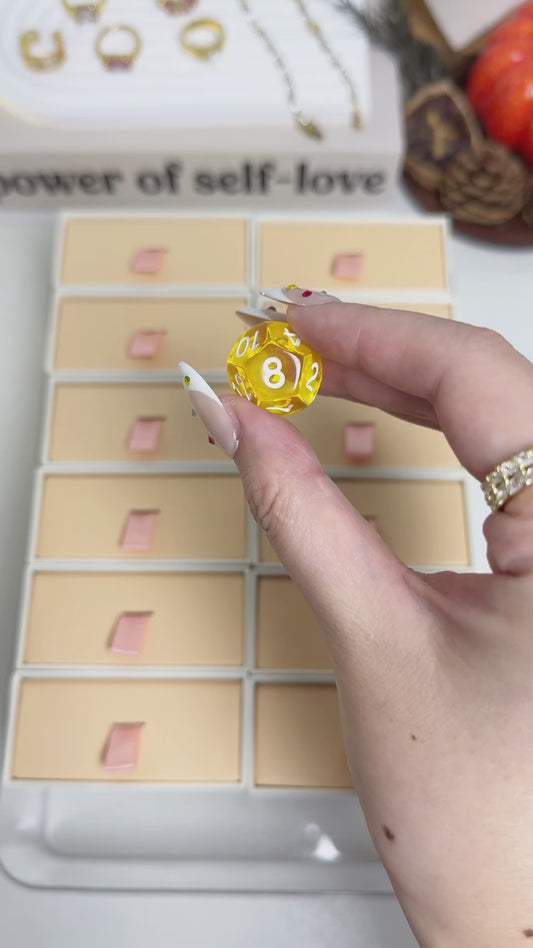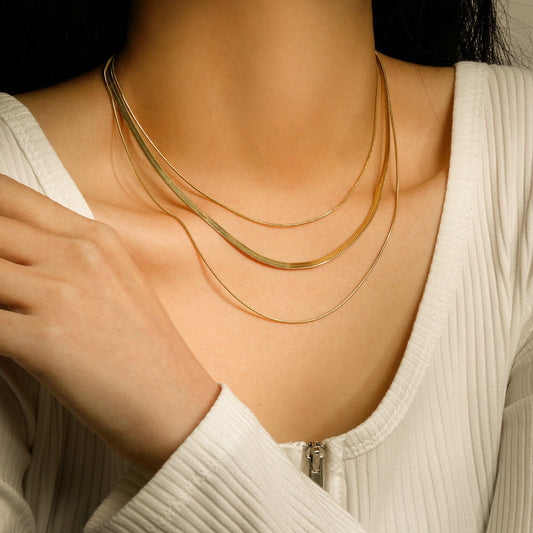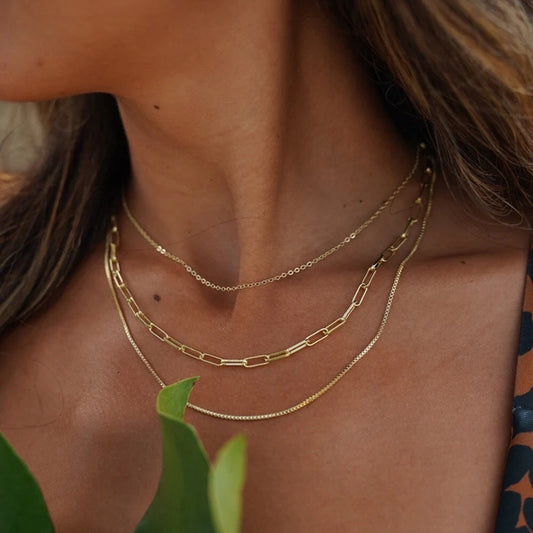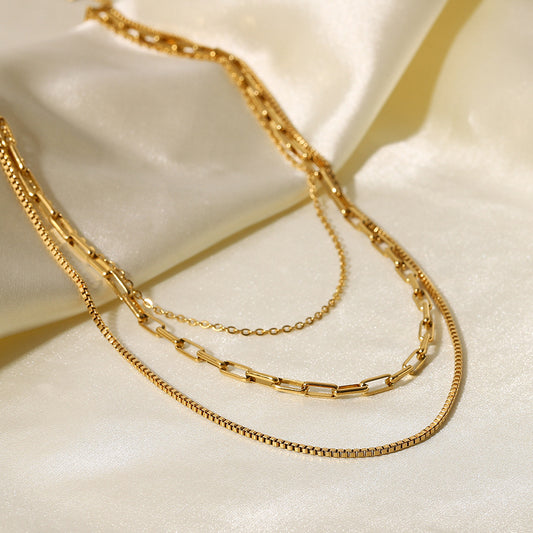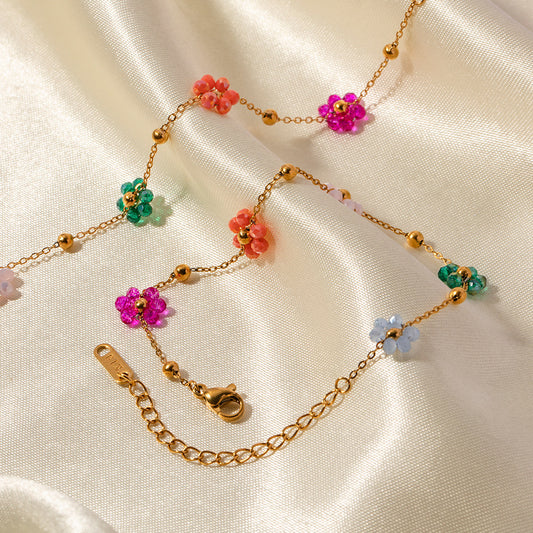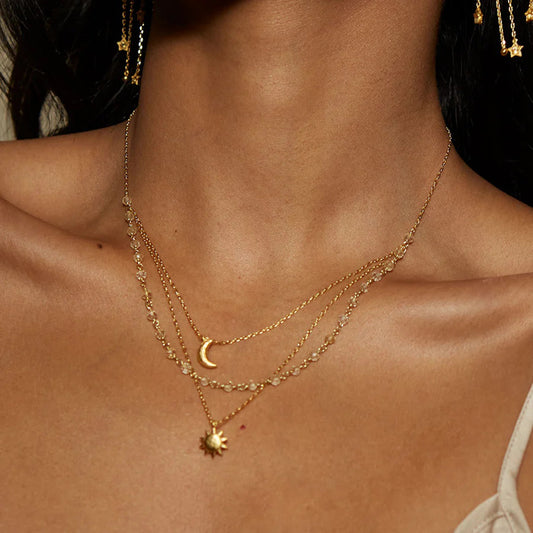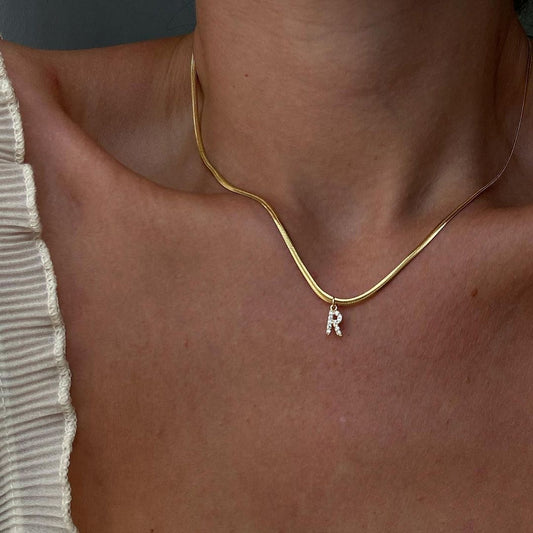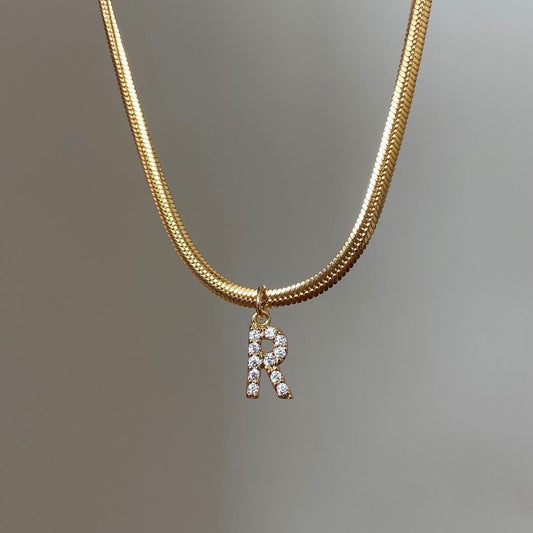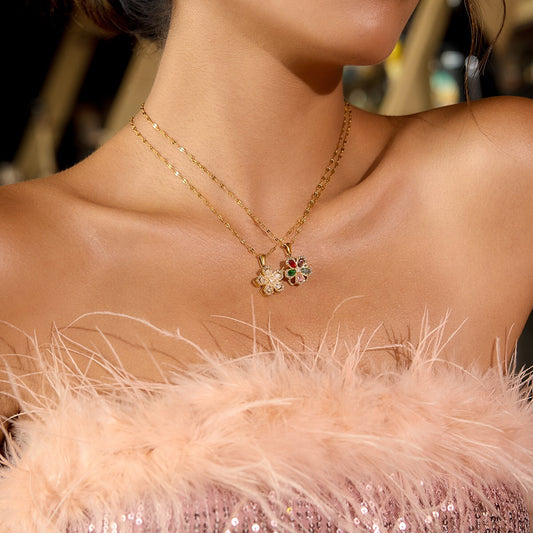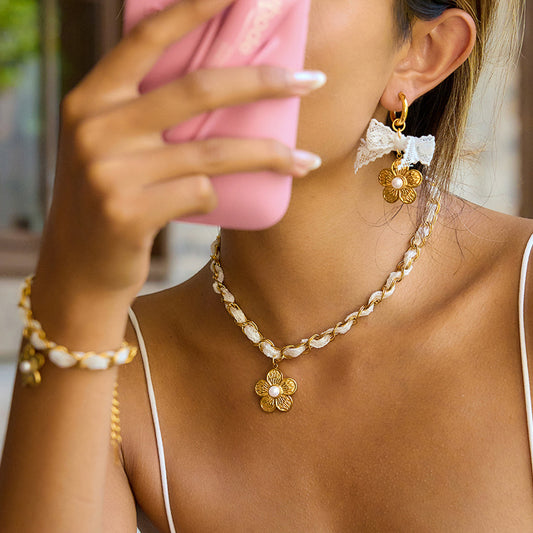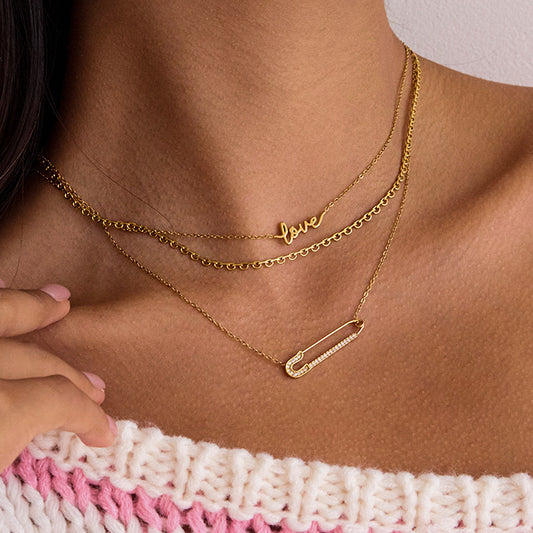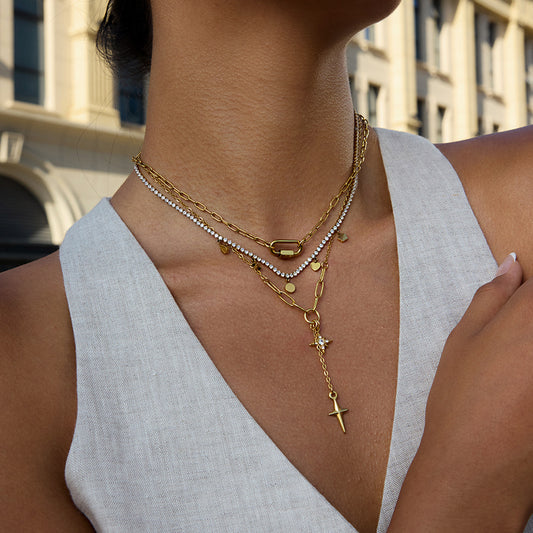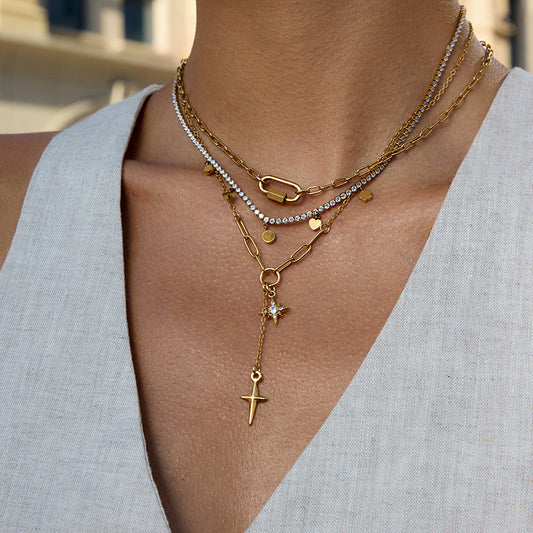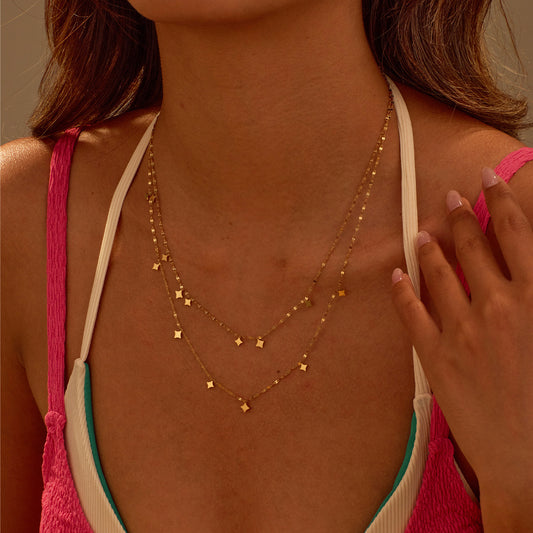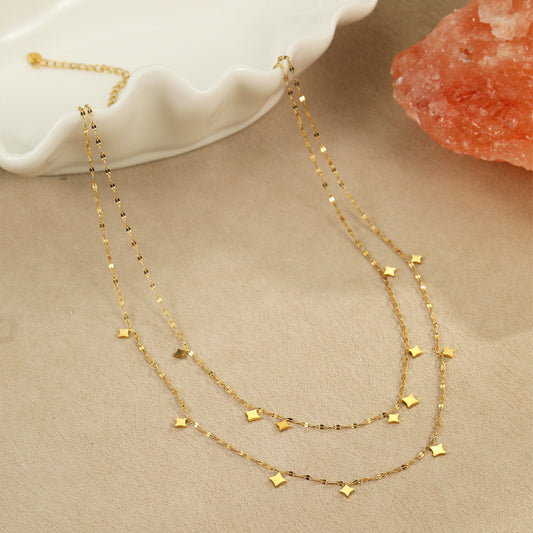Is stainless steel hypoallergenic? This is a crucial question for anyone with sensitive skin seeking comfortable and stylish jewelry options. In a global jewelry market valued at approximately USD 232.94 billion in 2024, the demand for materials that offer both beauty and wearability for a wide range of consumers is significant. Metal allergies, particularly to nickel, are quite common, leading many to seek out materials that won't cause irritation or allergic reactions. Stainless steel has become a popular choice in the jewelry world, and understanding its properties, especially whether it is hypoallergenic, is key to finding jewelry you can wear confidently and comfortably.

Is stainless steel hypoallergenic
Generally Hypoallergenic
Most high-quality stainless steel used in jewelry is considered hypoallergenic, meaning it is less likely to cause allergic reactions in most people.
Low Nickel Release
The reason certain grades of stainless steel are hypoallergenic is that the nickel they contain is tightly bound within the alloy. This significantly reduces the amount of nickel that can leach onto the skin, which is typically what triggers allergic reactions.

Not All Grades Are Equal
It's important to note that not all grades of stainless steel are equally hypoallergenic. Industrial-grade stainless steel might contain more free nickel. However, the grades commonly used for body jewelry and high-quality fashion jewelry are specifically chosen for their low nickel release rates.

What is Stainless Steel Jewelry?
An Iron Alloy
Stainless steel is primarily an alloy of iron and chromium, with chromium providing its notable resistance to corrosion (like rust and tarnish).
Contains Other Elements
It can also contain other elements, including carbon, and in many grades, nickel and molybdenum, which contribute to its strength and other properties.
Used for Diverse Jewelry
Stainless steel's durability, affordability, and versatile appearance make it a popular material for a wide range of jewelry types, including rings, necklaces, bracelets, and earrings.

Why is Stainless Steel Jewelry so popular
Durability and Longevity
Stainless steel is highly resistant to scratches, corrosion, and rust, making jewelry made from it very durable and long-lasting.
Affordability
Compared to precious metals like gold and silver, stainless steel is significantly more affordable, offering a cost-effective way to own stylish and durable jewelry.
Low Maintenance
Its resistance to tarnish means stainless steel jewelry requires very little maintenance to keep it looking shiny and new.
Versatility in Style
Stainless steel can be finished in various ways, from polished and shiny to brushed and matte, and can be colored using processes like PVD coating, allowing for diverse jewelry designs.

Hypoallergenic Properties
For many consumers, the fact that high-quality stainless steel is generally hypoallergenic is a major draw, allowing them to wear fashionable jewelry without skin irritation.
Popular styles of Stainless Steel Jewelry
Chains
Classic and contemporary chains in various link styles (curb, Figaro, snake, box) are very popular in stainless steel due to the material's strength and shine retention.
Rings
Durable stainless steel rings are favored for their resistance to dents and scratches, available in simple bands, intricate designs, and often featuring inlays or coatings.
Bracelets
From sturdy link bracelets to sleek bangles and charm bracelets, stainless steel is a common material for bracelets due to its wearability and resistance to damage.
Earrings
Stainless steel is used for various earring types, including studs, hoops, and dangle earrings, offering durable and often hypoallergenic options for ear piercings.
Pendants
Pendants crafted from or paired with stainless steel chains benefit from the material's non-tarnishing properties and clean aesthetic.
How to wear Stainless Steel Jewelry
Enjoy Everyday Wear
Due to its durability and resistance to tarnish and moisture, stainless steel jewelry is excellent for everyday wear and can withstand exposure to elements that might damage other metals.
For Those with Sensitive Skin
If you have sensitive skin, choosing jewelry specifically labeled as surgical stainless steel or 316L stainless steel is recommended for the highest likelihood of comfortable wear.
Layering and Styling
Stainless steel jewelry can be easily layered with other pieces. Its neutral tone complements both silver and gold jewelry.
Basic Care for Lasting Shine
While low maintenance, occasional cleaning will keep your stainless steel jewelry looking its best.
Stainless Steel Jewelry: must have for sensitive skin
Reduced Risk of Reaction
For individuals prone to metal allergies, particularly nickel allergies, high-quality stainless steel jewelry offers a significantly reduced risk of experiencing skin irritation, redness, itching, or rashes.
Comfortable Wear
Wearing hypoallergenic stainless steel allows those with sensitive skin to enjoy wearing jewelry comfortably for extended periods without adverse reactions.
Widely Available and Stylish
You don't have to compromise on style when choosing hypoallergenic options; stainless steel jewelry is widely available in numerous trendy and classic designs.
An Alternative to Other Metals
It provides a reliable alternative for people who cannot wear jewelry made from metals with higher free-nickel content or those that commonly cause allergies.
how to clean Stainless Steel Jewelry
Simple Cleaning Routine
Cleaning stainless steel jewelry is straightforward and helps maintain its shine.
Mild Soap and Water
Use warm water and a few drops of mild, non-abrasive dish soap.
Gentle Cleaning
Gently clean the jewelry with a soft cloth or a soft-bristled brush for hard-to-reach areas.
Rinse and Dry
Rinse the piece thoroughly under clean water to remove all soap residue. Dry it immediately and completely with a soft, lint-free cloth to prevent water spots.
Avoid Harsh Chemicals
While durable, it's best to avoid exposing stainless steel jewelry to harsh chemicals like bleach or strong cleaning agents over extended periods.
is surgical stainless steel hypoallergenic
Yes, surgical stainless steel is considered highly hypoallergenic. This specific grade (often 316L or 316F) is used in medical implants and body jewelry precisely because it has very low levels of leachable nickel. The nickel is tightly bound within the alloy, making it exceptionally stable and unlikely to cause allergic reactions in most individuals, even those with known nickel sensitivities.
is 316l stainless steel hypoallergenic
Yes, 316L stainless steel is widely considered hypoallergenic and is a preferred choice for jewelry worn by people with sensitive skin. The "L" stands for low carbon, which, combined with the chromium and molybdenum content, makes the alloy highly resistant to corrosion and ensures that the nickel remains securely bound within the material. This minimal release of nickel is why 316L stainless steel is very unlikely to cause allergic reactions.
is gold plated stainless steel hypoallergenic
Generally, gold plated stainless steel is considered hypoallergenic IF the underlying stainless steel is a hypoallergenic grade (like 316L). The hypoallergenic property primarily comes from the base metal. The gold plating itself is usually a very thin layer. As long as the stainless steel beneath is hypoallergenic, it provides a safe foundation. However, if the plating wears off, the hypoallergenic properties depend on the underlying metal. High-quality gold plating applied to 316L stainless steel is typically safe for sensitive skin.
Frequently asked questions about Stainless Steel Jewelry
What is the main metal that causes jewelry allergies?
Nickel is the most common cause of metal allergies in jewelry.
Can I wear stainless steel jewelry if I have a nickel allergy?
Most people with nickel allergies can comfortably wear jewelry made from high-quality stainless steel grades like 316L or surgical stainless steel, as the nickel release is very low. However, severe allergies can still react to even trace amounts.
Does stainless steel jewelry tarnish?
No, high-quality stainless steel jewelry is resistant to rust and tarnish due to its chromium content.
Is stainless steel jewelry durable?
Yes, stainless steel is known for its strength and resistance to scratches, dents, and corrosion, making it a very durable material for jewelry.
Is Stainless Steel Hypoallergenic? Your Go-To for Comfortable Shine!
Is stainless steel hypoallergenic? For most people with sensitive skin, the answer is a reassuring yes. High-quality grades like surgical stainless steel and 316L are excellent choices for jewelry, offering not only durability and affordability but also the crucial benefit of being hypoallergenic. Understanding that the nickel in these alloys is safely bound within the material means you can confidently choose stainless steel jewelry without the worry of irritating skin reactions. If you have sensitive skin, exploring the world of stainless steel jewelry opens up a vast array of stylish options for comfortable, everyday wear. Discover our collection of hypoallergenic stainless steel jewelry and enjoy effortless style without the irritation!




